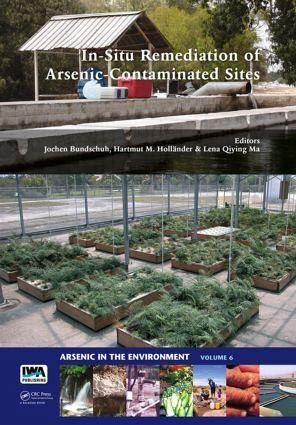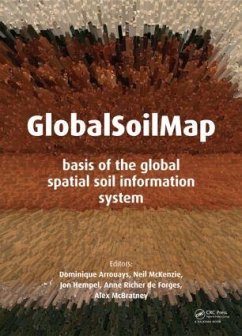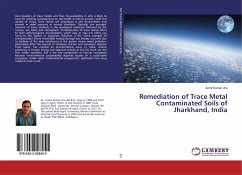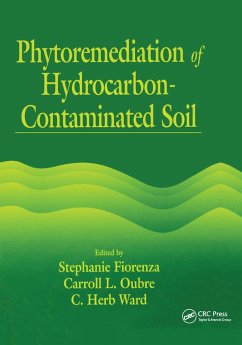
In-Situ Remediation of Arsenic-Contaminated Sites
Versandkostenfrei!
Versandfertig in über 4 Wochen
164,99 €
inkl. MwSt.

PAYBACK Punkte
82 °P sammeln!
Providing an introduction, the scientific background, case studies and future perspectives of in-situ arsenic remediation technologies for soils, soil water and groundwater at geogenic and anthropogenic contaminated sites. The case studies present in-situ technologies about natural arsenic, specifically arsenate and arsenite, but also about organic arsenic compounds. This work covers geochemical, microbiological and plant ecological solutions for arsenic remediation.












